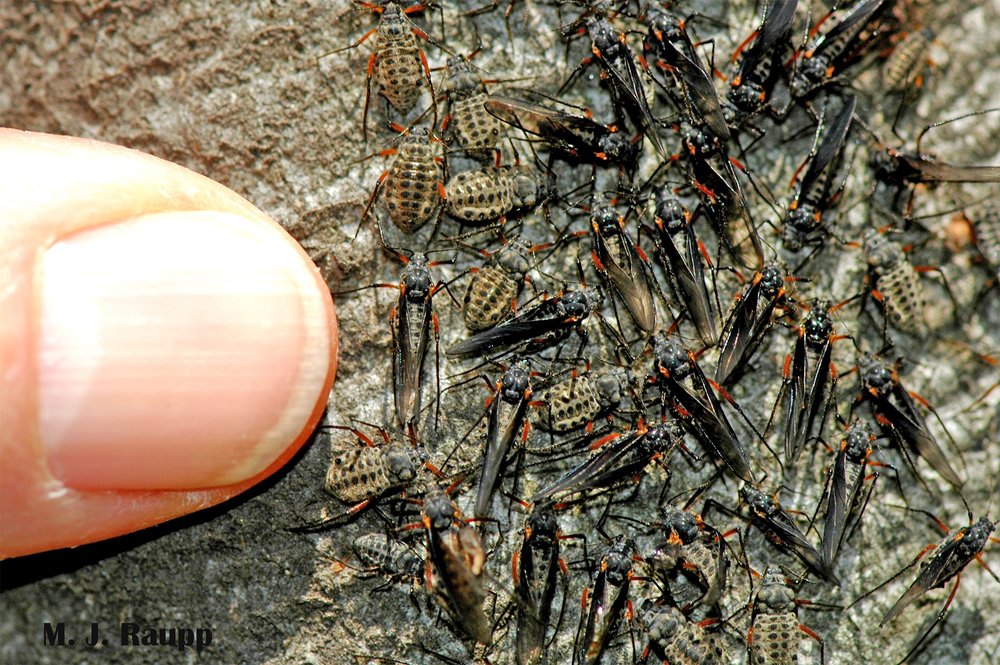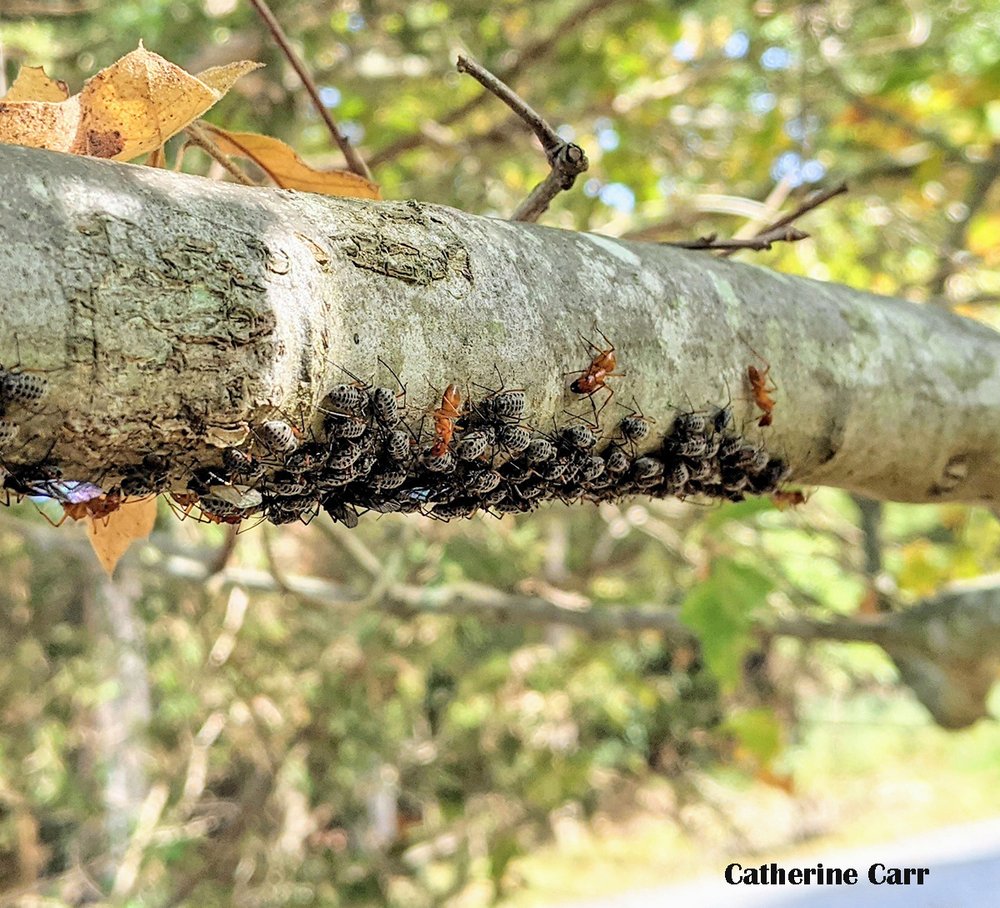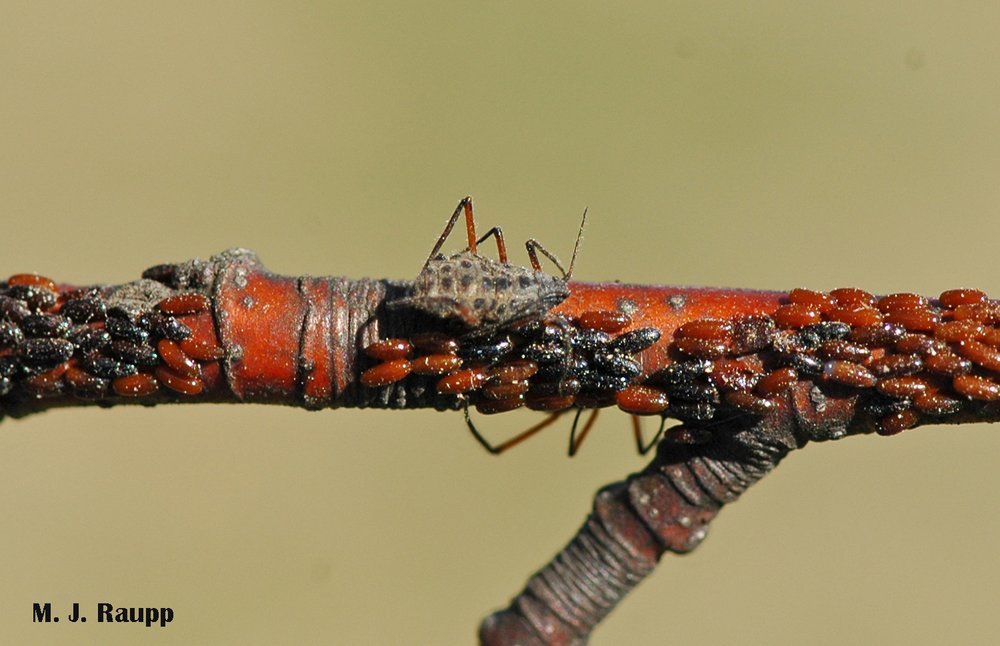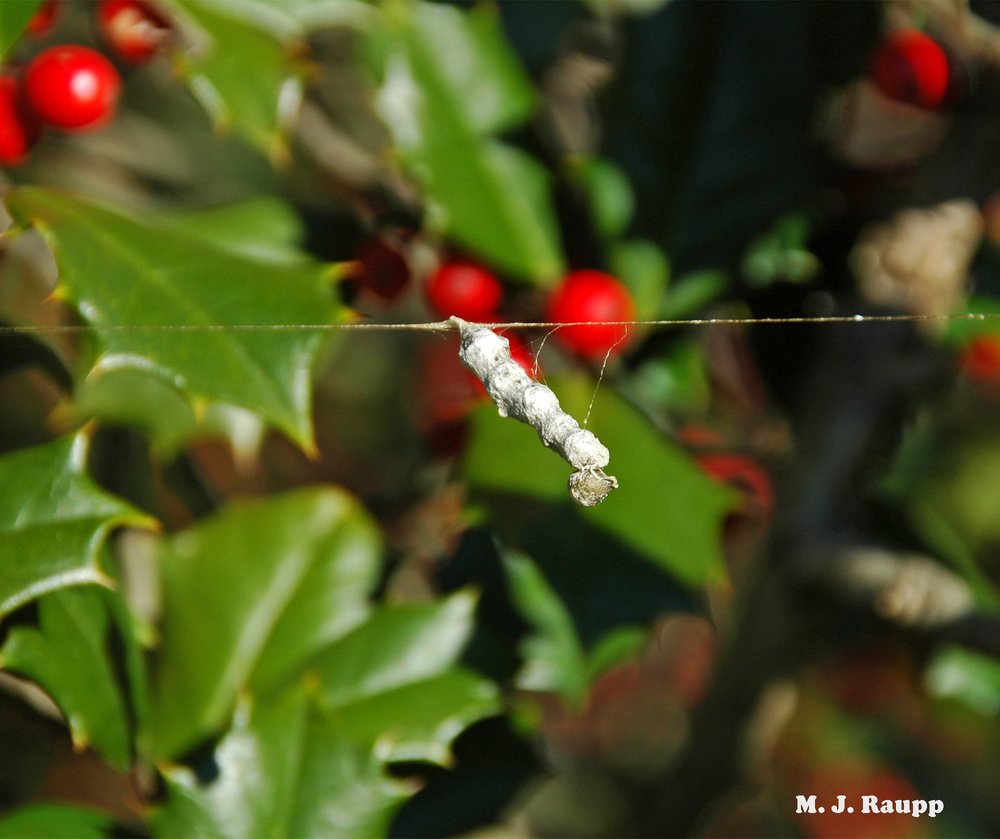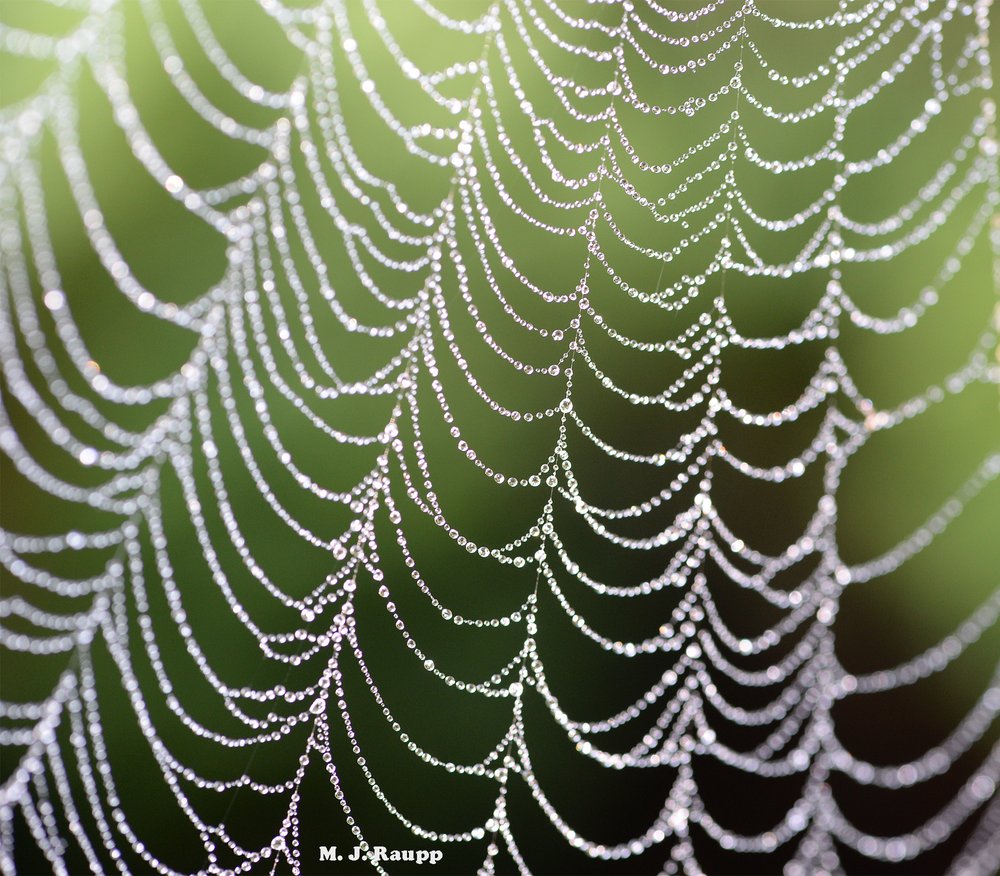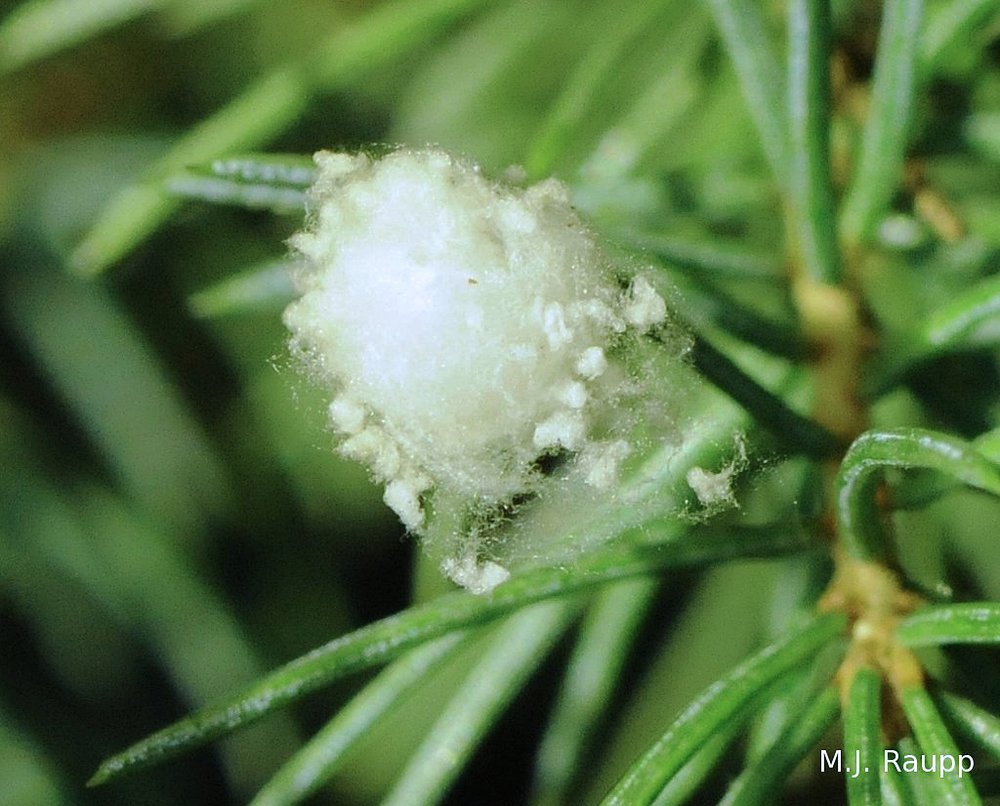Heliconiids for the holidays: Longwinged butterflies, Heliconiinae
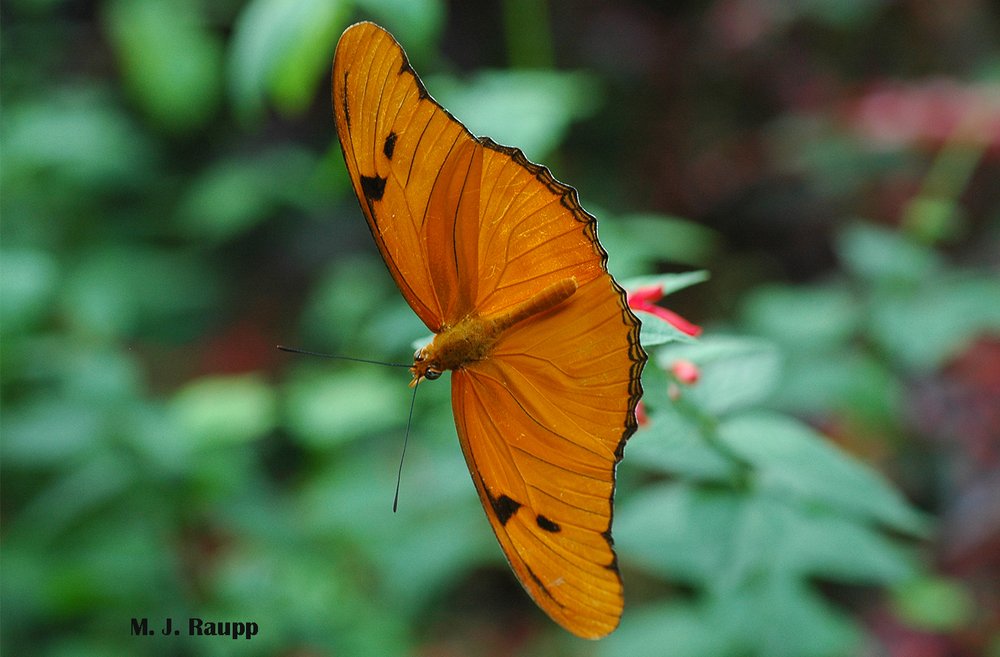
In parts of peninsular Florida and southern Texas, pretty Julia Heliconians brighten days year-round.
As the often-dreary days winter set in, you may be missing the antics and beauty of insects here in the DMV. Let’s take a quick trip to warmer climes to visit some gorgeous butterflies, longwinged heliconiids. Let’s head to Florida where several heliconiids reside or visit.
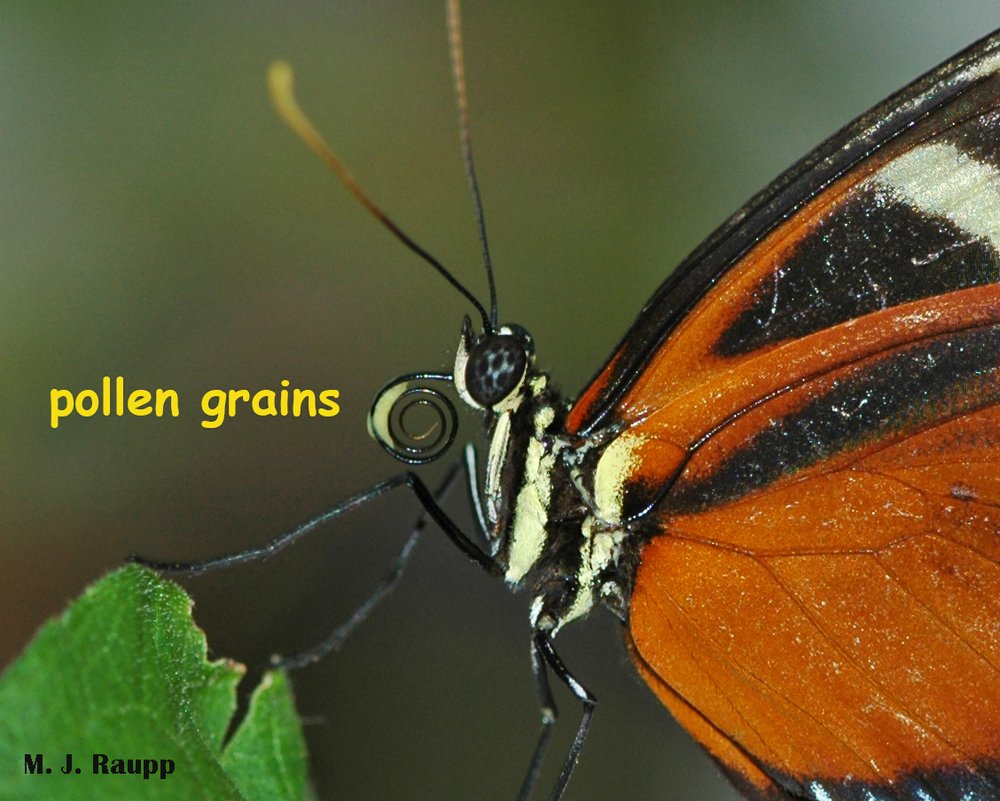
Heliconiids extract nutrients from pollen grains held in their proboscis.
First on the list is the remarkable Zebra Longwinged butterfly, Heliconius charitonia. These beauties live up to six months. Zebras and their kin evolved an interesting strategy to gather nutritious pollen used to sustain their unusual longevity. Zebras fly a well-defined route through the forest visiting trusty plants presenting fresh pollen-laden blossoms each day. This fixed-route behavior is called traplining and is employed by many tropical pollinators including bees, hummingbirds, and bats. After collecting a gob of pollen on its long, coiled proboscis, the butterfly secretes specialized enzymes to release the amino acids and other nutrients in the pollen. Nutrients absorbed through the membranes lining the proboscis are used to produce eggs and maintain the high level of activity required to zoom about the forest.
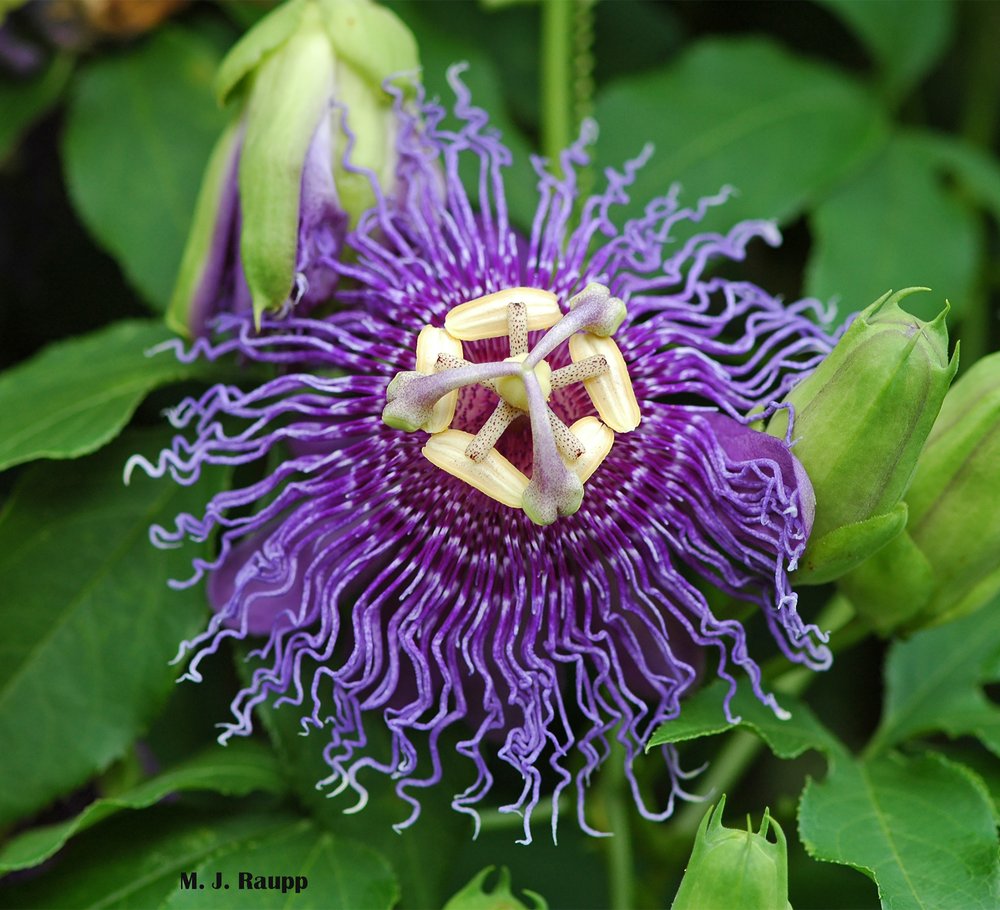
Passion vines sport magnificent blossoms and their leaves are food for heliconiid caterpillars.
In addition to visiting flowers laden with pollen, the Zebra also searches for different species of plants in the passion vine genus, Passiflora. These tropical vines bear the magnificent passion flower. Several species of passion vine are used by the immature stages of the zebra and other heliconiid butterflies as a source of food. These larvae are voracious caterpillars and consume great quantities of leafy tissue on a daily basis. As a group, passion fruit plants are protected from most leaf-munching caterpillars and other vegan insects by a veritable witch’s brew of highly toxic chemicals including alkaloids, a family of toxins that includes strychnine and nicotine, and cyanogenic glycosides, chemicals that release cyanide upon entering the digestive tract of a caterpillar or human.
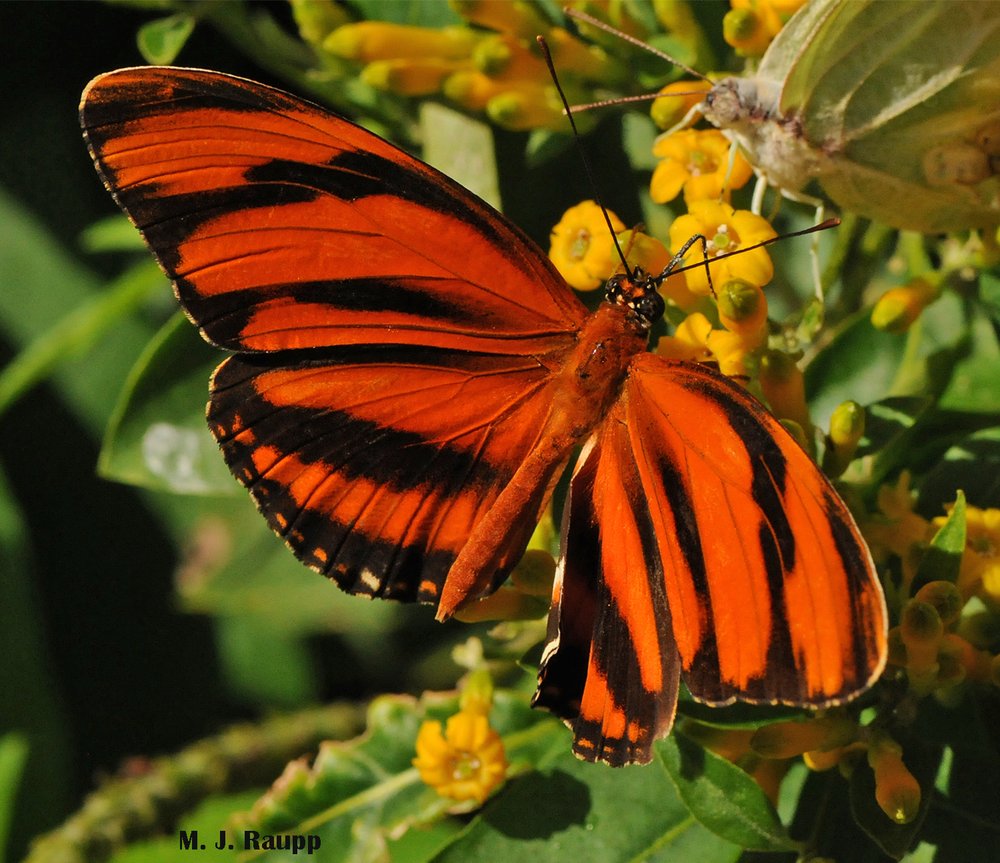
Common in Central and South America, the Banded Orange Heliconian can sometimes be seen visiting Florida and Texas.
However, members of the heliconiid clan, including the zebra longwing and the gorgeous Gulf Fritillary, turn the tables on passion fruit plants, bypassing the noxious defenses, and feasting with impunity on their leaves. Some longwings sequester cyanogenic glycosides from their food and others manufacture these compounds on their own, presumably for defense. The striking orange and black coloration of the Gulf Fritillary warns vertebrate predators not to mess with this beauty. In addition to any plant derived defenses, the Gulf Fritillary has one more bit of chemical trickery to help keep predators at bay. Glands on the abdomen produce and release a concoction of complex esters when the adult butterfly is disturbed. This stinky defensive fluid dissuades predators such as birds from making a meal of these dazzling butterflies.
This very hungry caterpillar turns into the beautiful Zebra Longwing, with banded wing patterns resembling those of a zebra. In the Amazon Basin you might see the stunning Sara Longwing with striking white chevrons on its iridescent blue-black wings. In Central America and the southern tier of the United States, brilliant orange, black, and white Gulf Fritillaries sip nectar and collect pollen from a variety of plants.
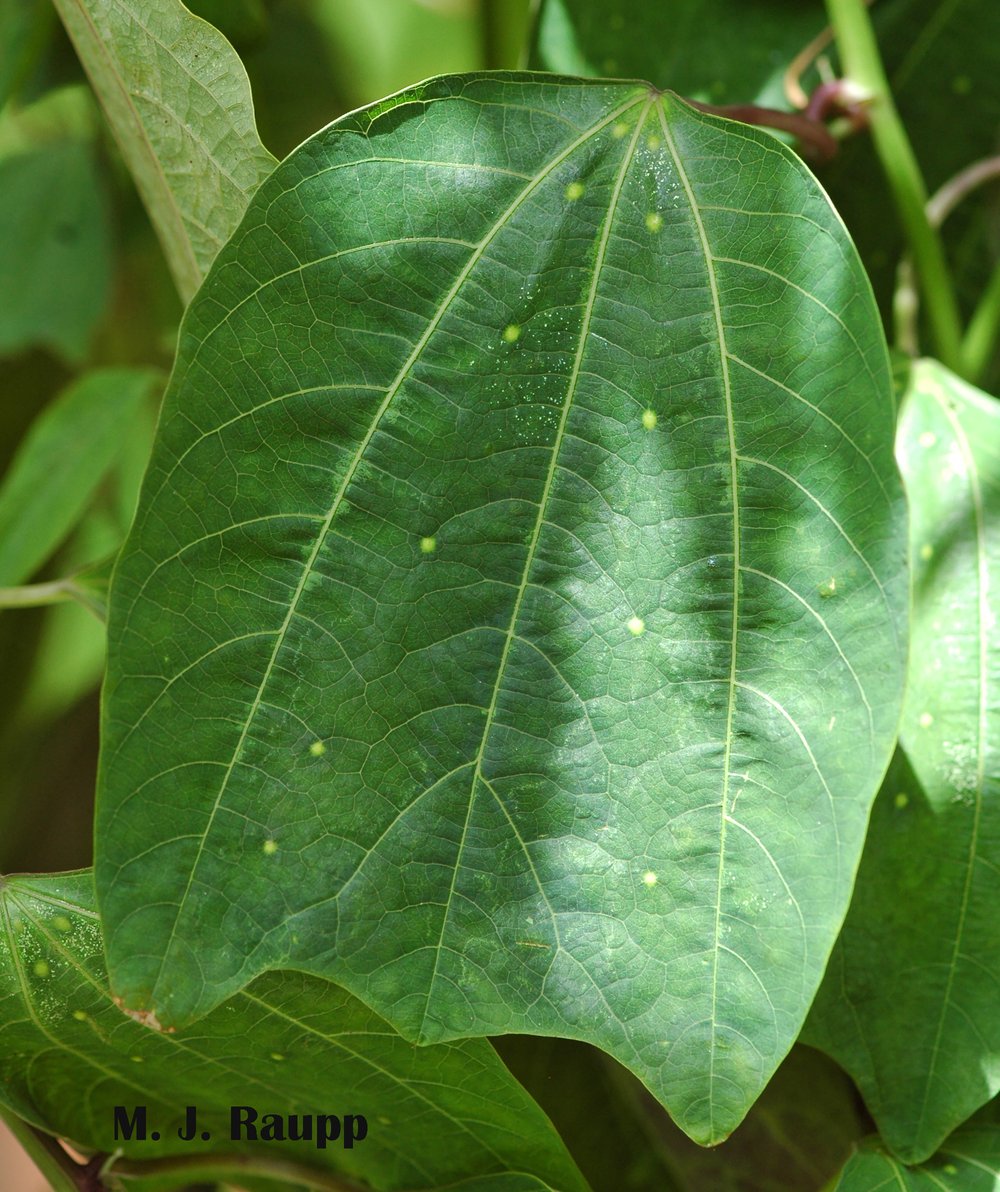
Do these structures on the leaves of passion vines resemble eggs of longwing butterflies to discourage female longwings from depositing eggs on the leaf?
With so much leaf-munching by the larvae of heliconiids, one wonders how the vines of Passiflora survive. It seems that the mobile and eagle-eyed butterflies locate passion-vine plants by the shape of their leaves. To fool these clever herbivores, tropical passion-vines have evolved leaves that vary dramatically in shape. In this way it is more difficult for butterflies to zero in on any one leaf shape as they search for food for their young. At least one species of Passiflora has taken this game of deception one step further. It has evolved a small structure on the tips of its leaves resembling the egg of a Heliconius butterfly. Larvae of Heliconius are known to be cannibalistic and female butterflies may avoid placing eggs on a leaf if it is already occupied by another caterpillar or by an egg about to hatch. By creating a structure that resembles an egg, the passion-vine hangs a sign that says “no vacancy” to the female butterfly looking for a spot to lay eggs. This remarkable act of mimicry helps the passion vine escape the ravages of very hungry caterpillars.
Bug of the Week wishes you Happy Holidays and a Joyous and Healthy New Year!

Acknowledgements
References used in the preparation of this Bug of the Week include “Caterpillars of Eastern North America” by David L. Wagner; “Coevolution of Animals and Plants” by Lawrence Gilbert and Peter Raven; “Gulf Fritillary Butterfly, Agraulis vanillae (Linnaeus)(Insecta: Lepidoptera: Nymphalidae)” by Jaret C. Daniels; and “Novel chemistry of abdominal defensive glands of nymphalid butterfly Agraulis vanilla” by Gary N. Ross, Henry M. Fales, Helen A. Lloyd, Tappey Jones, Edward A. Sokoloski, Kimberly Marshall-Batty, and Murray S. Blum; “Passiflora (Passifloraceae) defenses against Heliconius cydno (Nymphalidae: Heliconiinae) oviposition” by Kim Khuc and “Heliconius Homepage” https://www.heliconius.org/biology/ecology/
This post appeared first on Bug of the Week
